Magazines list (49)
Sort:
Banat
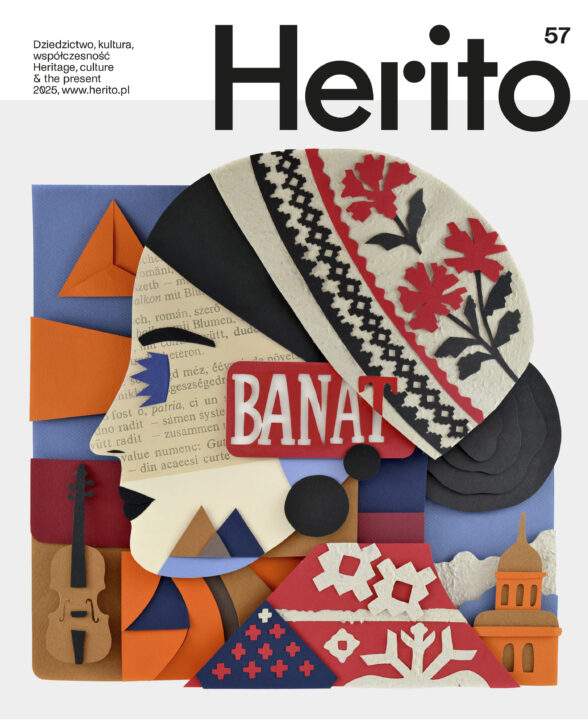
The Banat has always been hidden on the fringes, in the moisture-wrapped corner of the map of Dacia, the Ottoman Empire, the Habsburg monarchy and finally Austro-Hungary, which treated the region as a buffer zone separating two worlds. Colonised with vigour, however, it became a new home for Europeans lured by the promise of prosperity - from Barcelona to the Vistula. Did those who eventually stayed create a multicultural atmosphere, or merely closed enclaves, scattered chaotically across the map? Is the Banat's multi-ethnicity a marketing slogan or a worldwide phenomenon? What is the region today, whose name is even a Habsburg concept, and how does it cherish its centuries-old heritage?
Premiere:2025
Post-mining
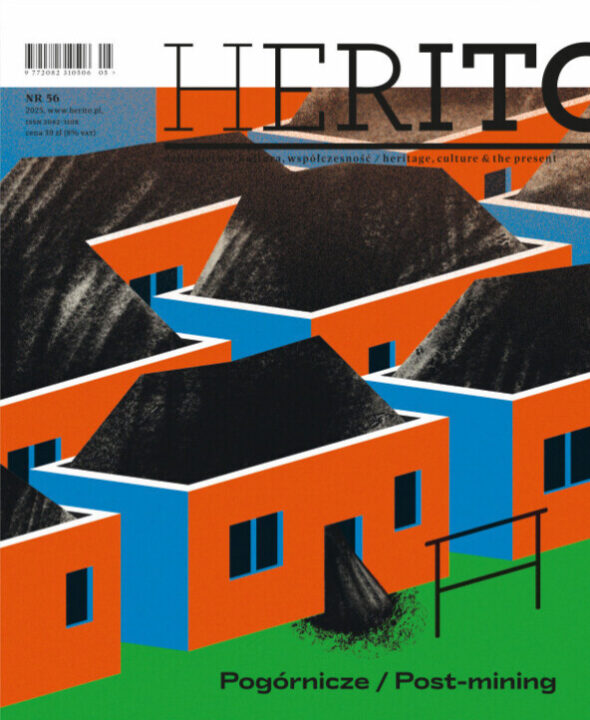
Central Europe is unique in terms of its mining heritage, writes Barry Gamble in the latest issue of “Herito”. The mining industry has played a key role in social development in the area, which is why it is so important to appreciate it and think about how to preserve its legacy. How to do it and when is it worth it? We examine what place post-mining spaces have in society in the age of digital capitalism, climate apocalypse and the onslaught of developer activity. Or is this a vision of a dire tomorrow? We look for answers in interviews with experts, but also in photography, history or art.
Premiere:2025
Estonia
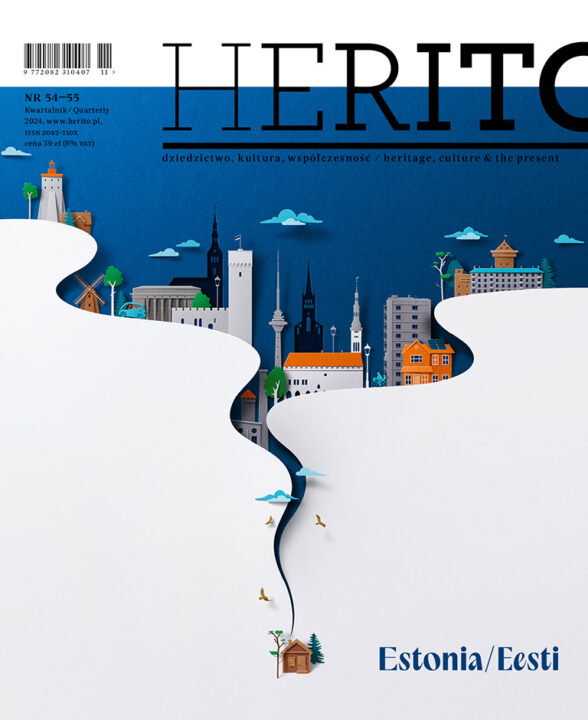
Estonia, the smallest of the Baltic countries, is an example of a country that, after gaining independence in 1991, quickly found its own path of development. It is a leader in digital innovation in the European Union and a country with a booming economy, which at the same time cares for its rich cultural and natural heritage.
Premiere:2024
Concrete
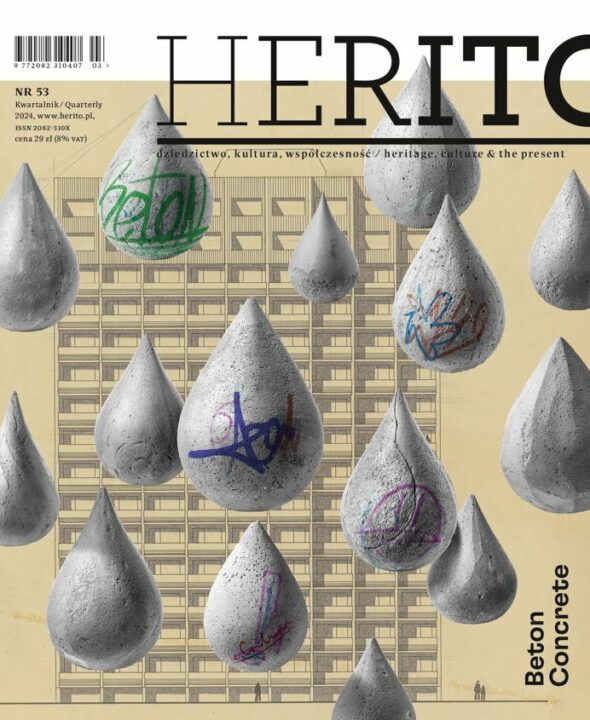
Two hundred years ago, Joseph Aspdin obtained the patent for the Portland concrete. This unassuming event laid the foundation for the giant revolution in the history of architecture, which changed the landscape of the whole world in the next century.
Premiere:2024
Healthy Places
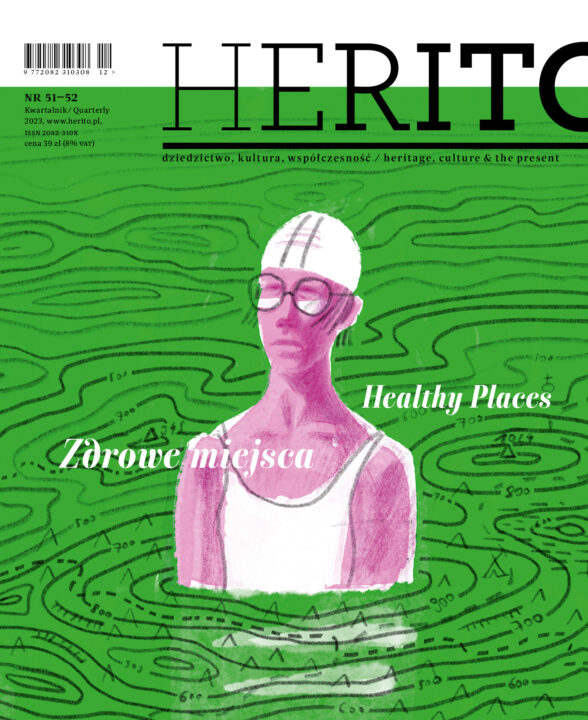
Since ancient times, places for rest and relaxation have been established in Europe. The Romans founded public baths not only on the Italian peninsula, giving rise to a spa culture. The “invention” of leisure in the 19th century meant that leisure was no longer the elitist pleasurable pastime of the upper classes, and the curative trip “to the waters” gradually democratised and become more accessible.
Premiere:2024
The Oder
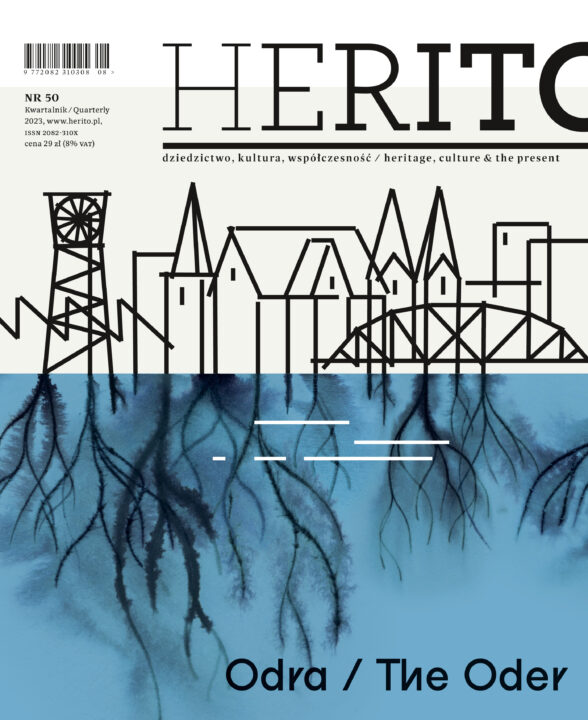
The Oder, although one of Europe’s longest rivers, has not engendered its own myths and stories like the Vistula. For years it remained the uglier sister of the Rhine, deputized to do the hardest work.
Premiere:2023
Kharkiv
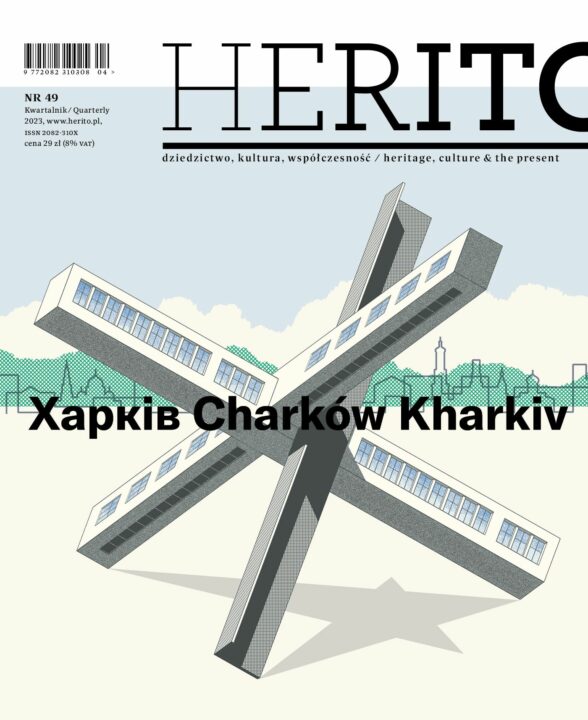
In the Kharkiv-themed issue of Herito, we delve into the history of the city, we ask about its Ukrainian DNA, which was so clearly manifested after the Russian invasion a year ago, we check what makes it unique. We show the tangible and intangible heritage of the city, which we often looked at before through the lens of stereotypes fuelled by foreign propaganda.
Premiere:2023
Romani Culture in Central Europe

In this HERITO, we look at the history of the Roma, but above all at their present, and especially at how “Romaness” in its broadest sense manifests itself in the architecture, culture and art of our part of the world.
Premiere:2022
Spirit of Georgia

Archaeological research conducted in Georgia, in the ancient region of Colchis, confirms 3400-year old, uninterrupted existence of the city of Kutaisi. According to Greek mythology Colchis – a dangerous land, inhabited by witches and dragons – is the place where the Argonauts, led by Jason, travel to find the Golden Fleece. Georgian culture dates back to ancient times, but we as Poles know very little about it.
Premiere:2022
Europe on a Plate
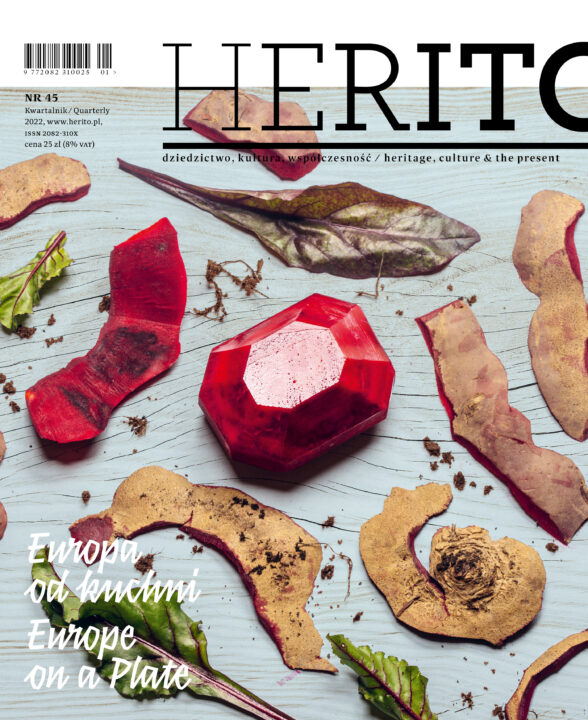
Are dumplings, bigos, or ordinary beetroots elements of our cultural heritage? Certainly, yes. "Our tables and menus reflect the entire history that swept across the continent as well as its cultural changes" writes Professor Jacek Purchla in his introduction to the recent issue of “HERITO” magazine. The potato decrees of Frederick II the Great had the same importance for our heritage as the Turkish expansion in the Balkans.
Premiere:2022
Austria

We look at Austria through rose-coloured glasses, as a country where everyone loves waltzes, Mozart, Sacher cake, coffee, schnitzel and beer, albeit in a different order. Meanwhile, we are forgetting how varied the country is in terms of its geography, culture, and identity, stretched between two lakes – Neusiedl and Constance. Austria did not emerge ready-made on the map of Europe, but gradually built its identity and shaped its image.
Premiere:2021
Invisible places
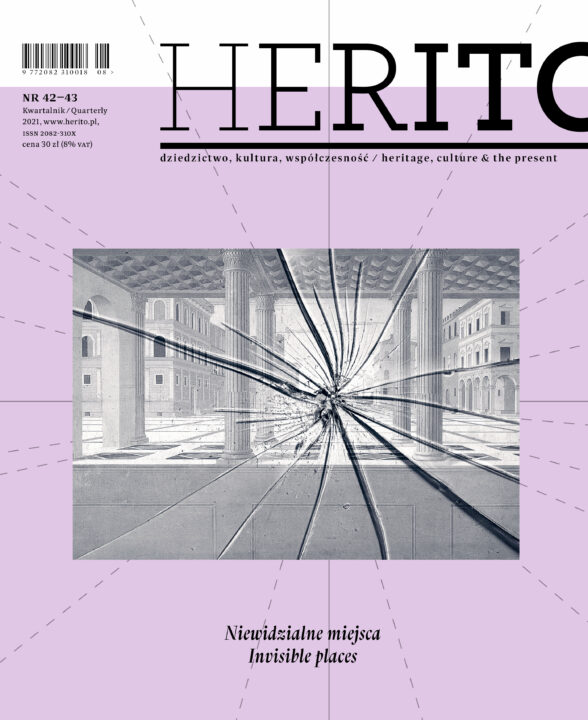
Invisibility is not an empty concept or a neat rhetorical device from the margins of Italo Calvino’s book, but the lived experience of Central Europeans.
Premiere:2021
Belarus
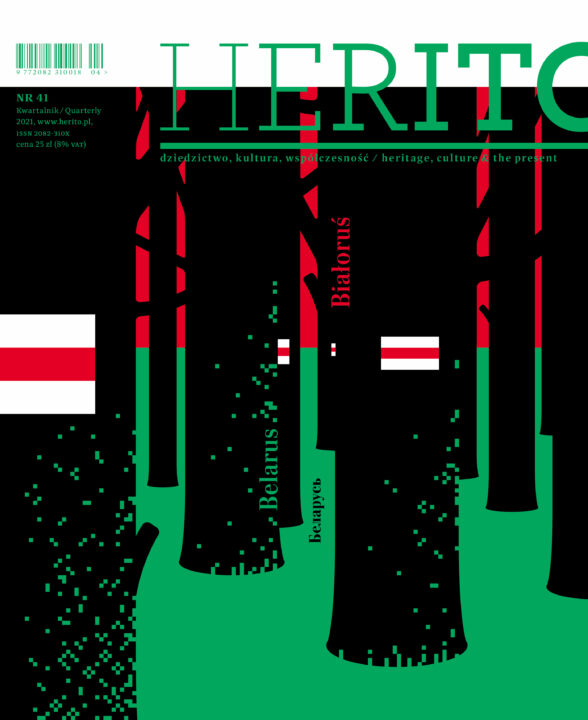
Belarus is much closer to us than it appears to be at first sight: not only because of our shared history or the still ongoing democratic uprising, vividly reminiscent of the events of the 1980s in Poland and other Central European countries.
Premiere:2021
Lithuania
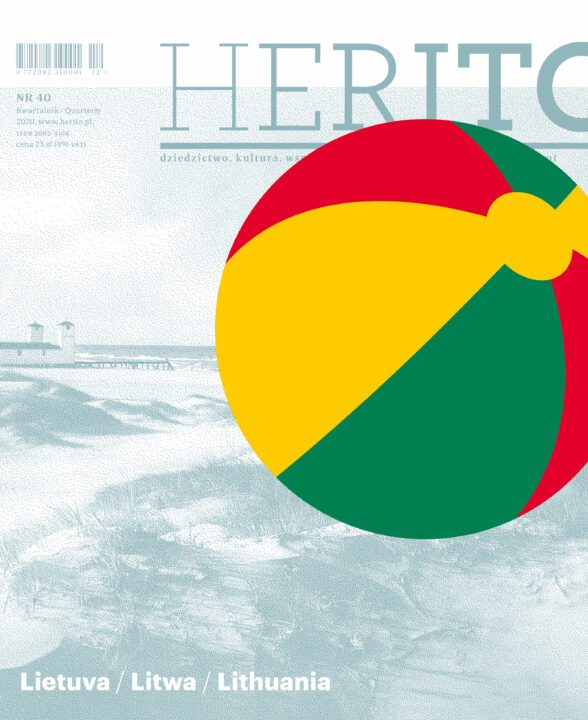
In spite of the stereotypes established in Poland – those of the pagan Lithuanian forest or the tropes of Mickiewicz and Miłosz – the authors look at Lithuania from an unusual side, from the sea. That is why they write more about the Curonian Spit, Palanga, Nida and Klaipeda. Having reached Vilnius, they suggest a different journey – in search of less known monuments than those along the beaten track to the Gate of Dawn, choosing Jan Krzysztof Glaubitz, Wawrzyniec Gucewicz and Mikalojus Vorobjovas as their guides.
Premiere:2021
Green

The issue of the HERITO quarterly devoted to the relationship between man and nature. Developed in exceptional conditions, between an epidemic, a fire in the Biebrza National Park, and the forecasts of a summer drought, it made us even more aware of the need for contact not only with other people, but also with pure nature.
Premiere:2020
Magical socialist realism?
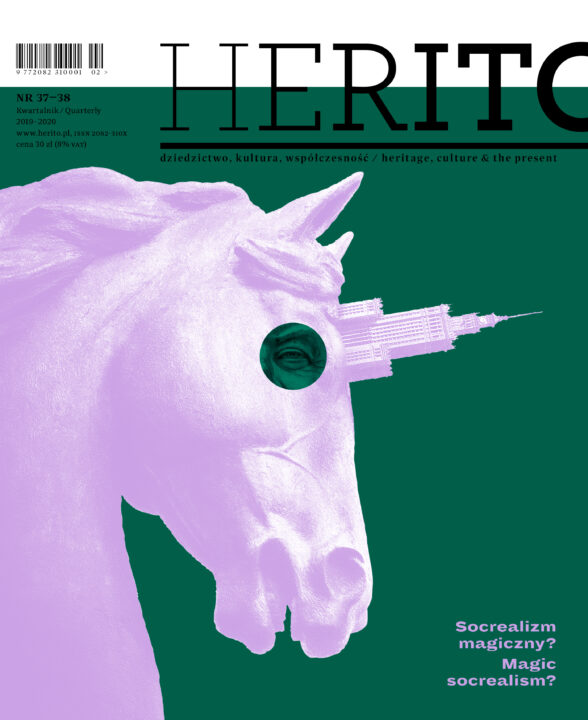
Socialist in content and national in form – these were required features of art and architecture made under the doctrine of socialist realism. Today, in Central Europe, the relics of socialist realism evoke unambiguously negative connotations. Fifty years on, are we able to look at them without these emotions? Which works have stood the test of time? Magical socialist realism – a joke or a hypothesis?
Premiere:2020
Carpathians

They span over nearly fifteen hundred kilometres across the territories of eight countries and cover the space five times the size of Switzerland. For centuries they have offered the ground for the development of cultures and small centres of the world of the Boykos, Lemkos, Hutsuls, Wallachians, Székelys, and the Transylvanian Saxons.
Premiere:2019
Europe and the East. Decade of the Eastern Partnership
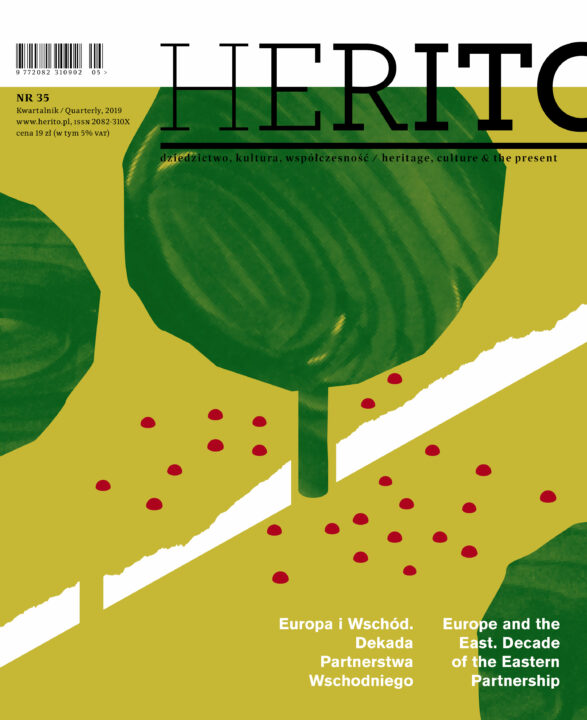
Has the East ceased to interest the West and how has the “new East” been defined after the political transition of 1989? What was the role of the Dnieper in the formation of the Ukrainian national identity and why is the future of this country dependent on this river?
Premiere:2019
Women of Central Europe
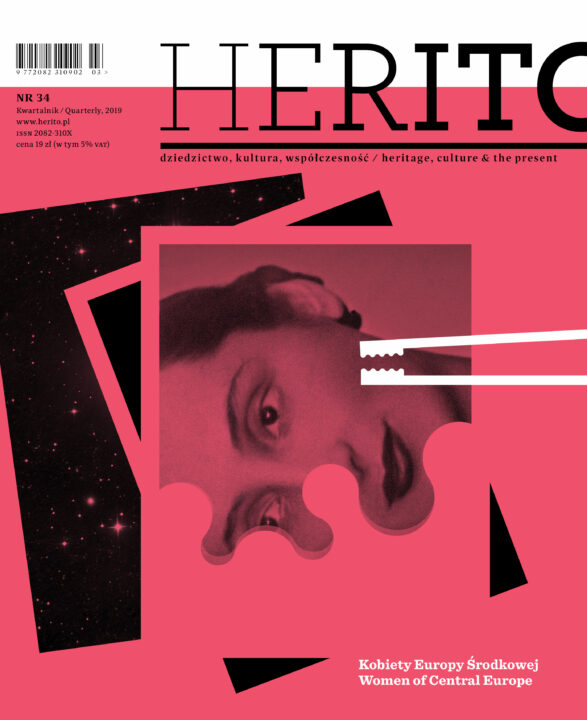
It is only recently that the role of women in history has been more fully recognised. In the early 1970s, the term “herstory” was coined to refer to history told from a woman’s point of view. Although “Herito” always seeks to offer as much space to women authors and their topics as possible, we decided to dedicate the new issue entirely to women that were significant to Central European history, culture, politics, and arts – women often forgotten, underappreciated, or intentionally erased.
Premiere:2019
European Year of Cultural Heritage 2018
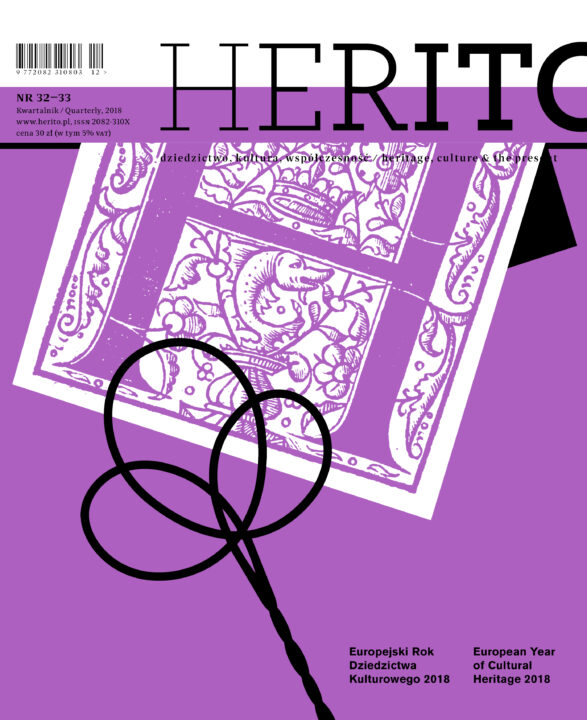
What will remain after the European Year of Cultural Heritage 2018? How to talk about history and memory to build bridges rather than consolidate existing divisions? Where lies the key to formulating an inclusive European narrative that would express the experience of new Central European member states? Why does heritage mean people and what is the direction in which contemporary heritology will develop?
Premiere:2018
Copyright © Herito 2020
